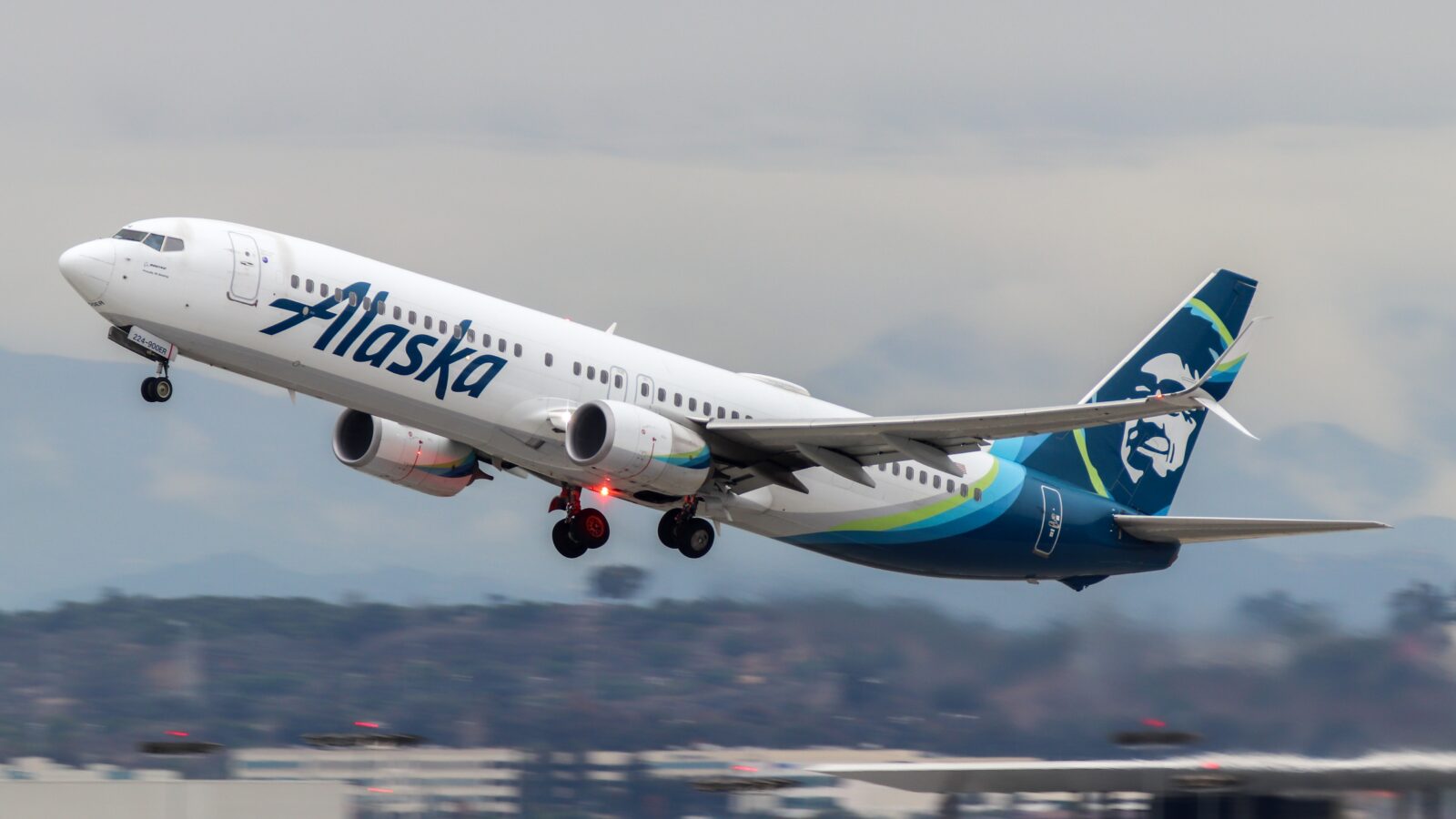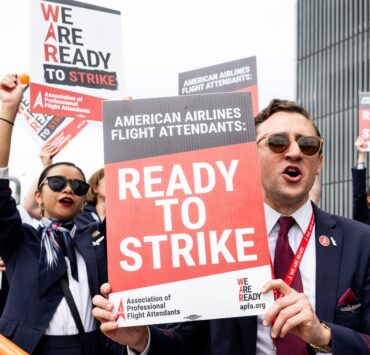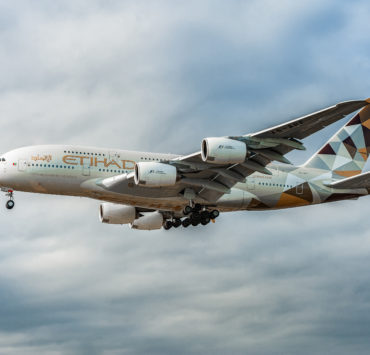
Flight attendants at Alaska Airlines have voted overwhelmingly in favor of strike action unless the Seattle-based carrier tables ‘significant’ wage and benefit improvements as part of prolonged contract negotiations.
The Association of Flight Attendants (AFA-CWA), which represents crew members at Alaska Airlines, said 99.48% of crew members who took part in the poll backed the measure. Nearly 94% of eligible flight attendants took part in the ballot.
Ahead of the results being published on Tuesday, Alaska Airlines partially dismissed the vote, describing it as a “common step” in the contract negotiation process.
The result was, however, the first time in three decades that flight attendants at Alaska Airlines have voted in favor of strike action should contract talks fail.
In fact, crew members at Alaska Airlines were one of the last flight attendant workgroups to take part in strike action back in 1993. During that strike, Alaska Airlines retrained office workers as flight attendants in an attempt to break the strike, leading to a new strategy that the union has utilised ever since.
During the 1993 strike, the union switched its strategy from an all-out strike and instead called out flight attendants from random flights with little or no notice. Alaska Airlines didn’t have enough time to send its retrained office workers to operate the flight, leading to delays and cancellations.
The strategy, nicknamed CHAOS standing for ‘create havoc around our system’, was just enough to dissuade passengers from flying with Alaska Airlines, which convinced the carrier to return to contract talks with the union.
“There’s no excuse: Alaska management has the money to buy another airline, they certainly have the money to invest in Flight Attendants. We have a simple message for management: Pay us, or CHAOS,” commented AFA Alaska President Jeffrey Peterson after the ballot vote was published on Tuesday.
A spokesperson for Alaska Airlines said the carrier remained “optimistic in the negotiations process” and that recent discussions have been “productive”.
“While talk of a strike is concerning, especially for our guests and the communities that rely on our service, it would not happen quickly. Many more steps would need to take place over many months, if not longer, before a strike is even possible.
The flight attendant union filed for federal mediation last September in an attempt to help break the deadlock on certain aspects of the new contract. If mediation failed, the union could then apply to be released into a 30-day cooling-off period, after which a strike could take place.
It is incredibly rare for independent federal officials to release an airline union into the 30-day cooling-off period.
Mateusz Maszczynski honed his skills as an international flight attendant at the most prominent airline in the Middle East and has been flying throughout the COVID-19 pandemic for a well-known European airline. Matt is passionate about the aviation industry and has become an expert in passenger experience and human-centric stories. Always keeping an ear close to the ground, Matt's industry insights, analysis and news coverage is frequently relied upon by some of the biggest names in journalism.










This ‘sick-out’, ‘call-out’, whatever you want to call it, should be grounds for immediate dismissal. If the union is so strong and believes in their position, they should all walk out and take the lack of pay and benefits that comes with it. If the company can find a way to continue to operate without them, then I guess your position wasn’t that strong, was it?
That’s not how the railway labor act works. Locking out the flight attendants is a status quo violation, as would be any coordinated job action like a sick out. These are not strike picket lines, they are informational pickets.
Fire them all.